Specifications
European Specifications
In this section you can find brief summaries of all the main specifications which you come across in the European safety market. The summaries describe in easy terms what the specifications cover, and what they are all about.
The ORAFOL product range include products that have been fully tested and approved to the standards, so you are always able to find a suitable and approved product for your application.
Contact us
Let us know right away if you need more information!
ECE Regulation No. 104
ECE Regulation No. 104 is the regulation outlining the technical requirements concerning the approval of retro-reflective marking tapes for vehicles of category M, N and O (buses, trucks and trailers) in Europe.
The materials are divided into 3 classes:
Class "C": Material for contour marking
Class "D": Material for distinctive markings/graphics intended for a limited area
Class "E": Material for distinctive markings/graphics for an extended area
In terms of reflectivity, Class "C" is the highest grade and Class "E" the lowest.
It is application of the Class "C" conspicuity tapes which is law for new registrations.
ECE Regulation No. 104 does not include any details about the actual application of the tapes on the vehicles - this information, including installation requirements, is found in Regulation No. 48.
More information
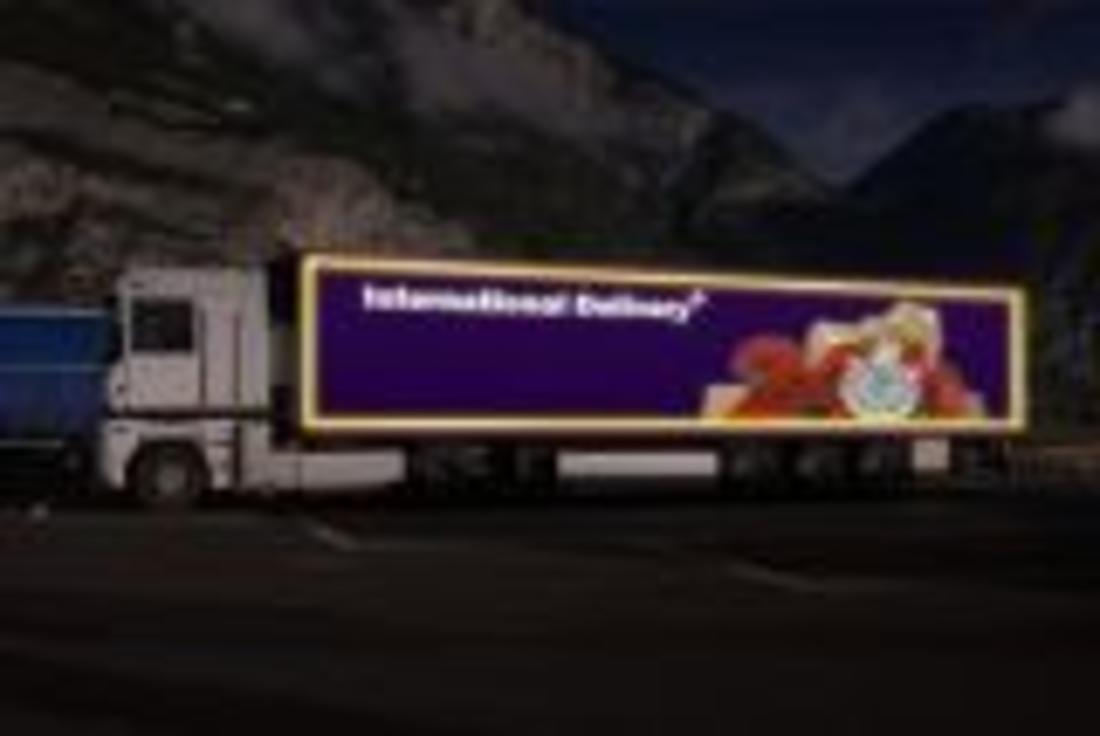
If you want more information about our product range for the ECE 104 market, please view our online brochure:
ECE 104 Markings Brochure
Related links
ECE 70 and ECE 70-01
ECE Regulation No. 70
The United Nations issued the Regulation ECE No. 70 to regulate rear marking plates on trucks, trailers, buses and articulated trucks. This regulation lays down the specific requirements that rear markers must meet in order to get the E-homologation mark. This E-homologation mark is issued by the authorities to the manufacturer if the manufactured markers meet the Regulation ECE no. 70.
ECE Regulation No. 70-01
Here the requirements are amended to ensure that rear markers meet even higher retro-reflective performance providing improved visibility to vehicles. Amendment 01 clearly lays down 2 options: rear marker with a retro-reflective and fluorescent section ("RF") or rear markers that are completely retro-reflective ("RR").
The third generation, the so-called ECE regulation No.70 Amendment 01, is already obligatory in most countries belonging to the ECE system of the United Nations. This latest generation has the highest quality in retro-reflection / visibility level that until now has been possible with retro-reflective foil technology. The products fulfilling the requirements of ECE Regulation No.70 Amendment 01 will ensure even more uniformity and safety within all the countries of the United Nations.
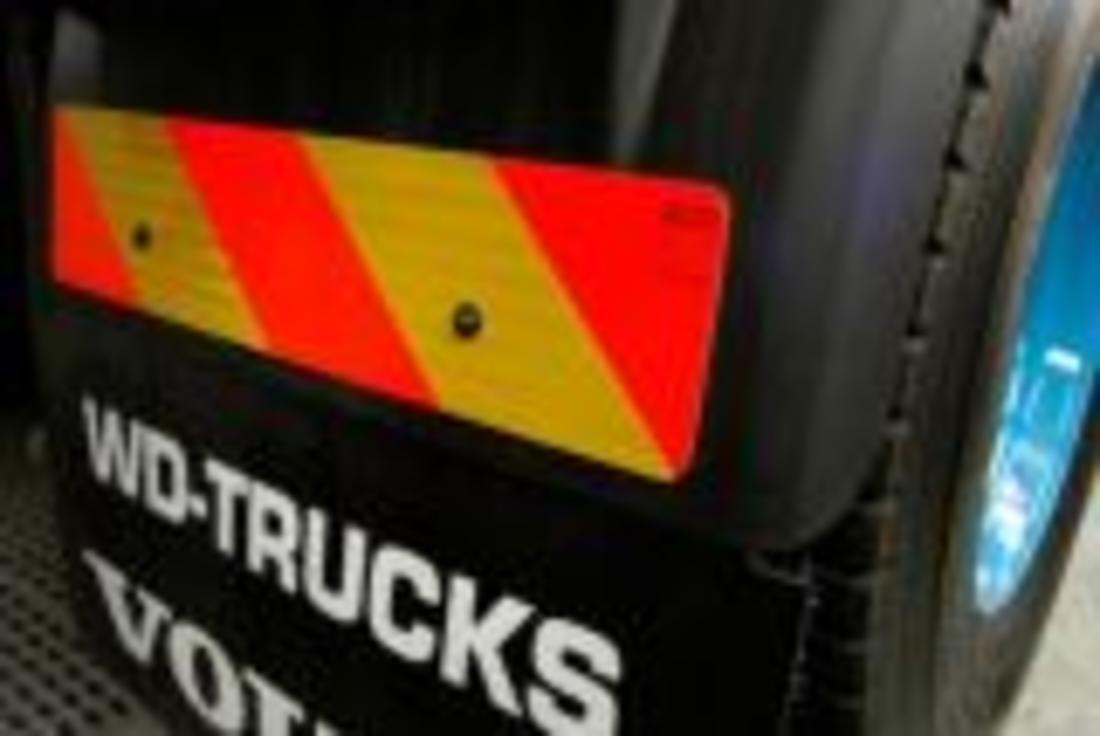
If you want more information about our product range for the HGV market, please view our online brochure:
ECE 104 Markings Brochure
Related links
EN 469:2005
This standard typically relates to professional fire-fighting PPE worn during structural fire fighting to protect mainly against heat and flame.
The performance requirements for clothing conforming to this standard include:
- Flame spread (tested to ISO 15025)
- Convective heat (tested to EN 367)
- Radiant heat (tested to ISO 6942)
- Heat resistance (tested to ISO 17493:2000)
- Water repellence, dimensional stability, resistance to chemicals
Photometric requirements for retroreflective materials are according to EN471 Table 5 (Level 2, separate performance materials, 330 table) or Table 7 (combined performance materials, 65 table). The minimum amount of separate performance retroreflective material is 0,13 m2, whereas the minimum amount of the fluorescent or combined performance material is 0,20 m2. Retroreflective materials must also pass the flame spread test and heat resistance test. The products must have a minimum value of retroreflection after the latter test.

If you want more information about our product range, please contact our customer service team.
Click here
Related links
EN 471, currently revised as EN ISO 20471:2013
What is EN ISO 20471?
EN ISO 20471 is a revised version of the previous EN 471 high visibility PPE standard. According to Directive 89/686/EEC, it requires by law to protect people who work on or near a roadside, whilst they go about their day to day business. The standards are set by identifying the risks to people. This is the minimum standard for high visibility clothing, which is capable of visually signalling the user’s presence and which specifies test methods and performance requirements for PPE worn in high-risk situations.
What does it mean?
The latest revision to the standard is EN ISO 20471:2013 – this is the standard that you must comply with. The EN 471 standards are revised every 5 years, if it is considered necessary. The first EN 471 standard was written in 1994. Since then, the European Technical Committee requested some amendments to the standard having received requests from test houses and committee members, particularly in terms of design freedom. The overall revision was finished and was implemented in April 2004. The current EN 471 standard with the new amendments is EN ISO 20471:2013.
What are the specifics of the standard?
Performance requirements are included for colour and retroreflection as well as for the minimum areas and for the placement of the materials in protective clothing.
Three classes of garment are defined based on three different minimum areas of retroreflective, fluorescent and/or combined performance materials. Each of these classes will provide a different level of conspicuity, class 3 being the class that provides the highest degree of conspicuity against most backgrounds found in urban and rural situations in daylight and in night time. Users should select the required class of performance based on a risk assessment of the location/situation in which the protection afforded by clothing to this International Standard is required.
Class 2: Intermediate level of protection
(Sleeveless waistcoats, tabards, bib and brace trousers)
0,5 m2 fluorescent material / 0,13 m2 retroreflective material
Class 3: Highest level of protection
(Coats and jackets with sleeves, coveralls, two piece suits)
0,8 m2 fluorescent material / 0,2 m2 retroreflective material
There are within the standard, certain requirements for in-use Test Requirements.
Retroreflective materials require brightness after:
- Rainfall Performance
- Temperature Variation
- Abrasion
- Cold folding
- Flexing
- Washing
- Dry cleaning (where applicable)
Flourescent materials:
- UV exposure
- Dimensional change
- Water vapour resistance
- Colour fastness
- Mechanical properties
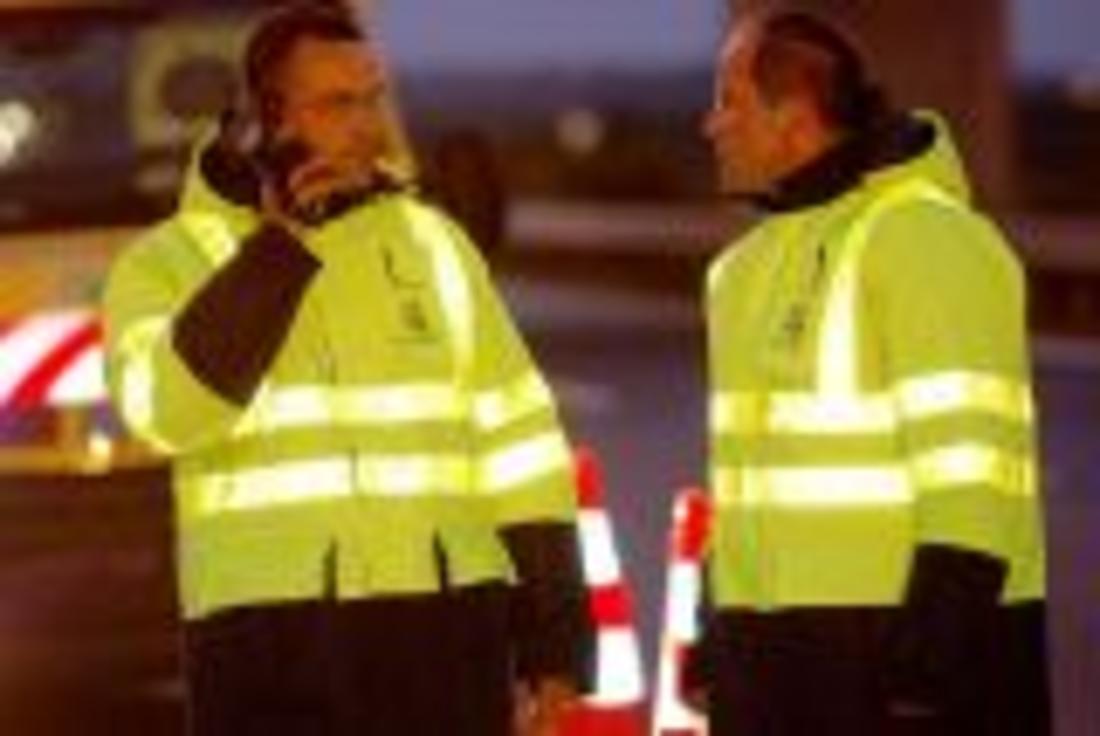
More information
If you want more information about our product range of EN 471 approved tapes, please contact our customer service team.
Click here
EN ISO 20471:2013
New Standard for High Visibility Clothing
Related links
EN 1150:1999
This is the standard non-professional use for example, jogging, cycling or other traffic related interaction activities. This would include sports users who need high visibility for cycling, road running, driving etc.
Whilst EN ISO 20471 specifies a set of requirements for high visibility warning garments for professional use in the work place, the EN 1150 standard provides details for non-professional use, together with criteria for minimum area’s and placement of reflective material to achieve enhanced conspicuity. Garments conforming to these standards are capable of signalling the users presence visually, under any light conditions, both by day and under illumination by vehicle headlights in the dark.
Non-professional use, EN 1150, is considered to be suitable for children, cyclist and pedestrian training activities, walking to the bus etc.
Each garment must consist of both background material, (luminous) and retroreflective materials, (reflective bands and braces). The background material provides for day light conspicuity whilst the retroreflective provides for night time visibility.
EN 1150 can either be satisfied by the minimum area of background and retroreflective materials or, depending on the height of the wearer, the combined performance area.
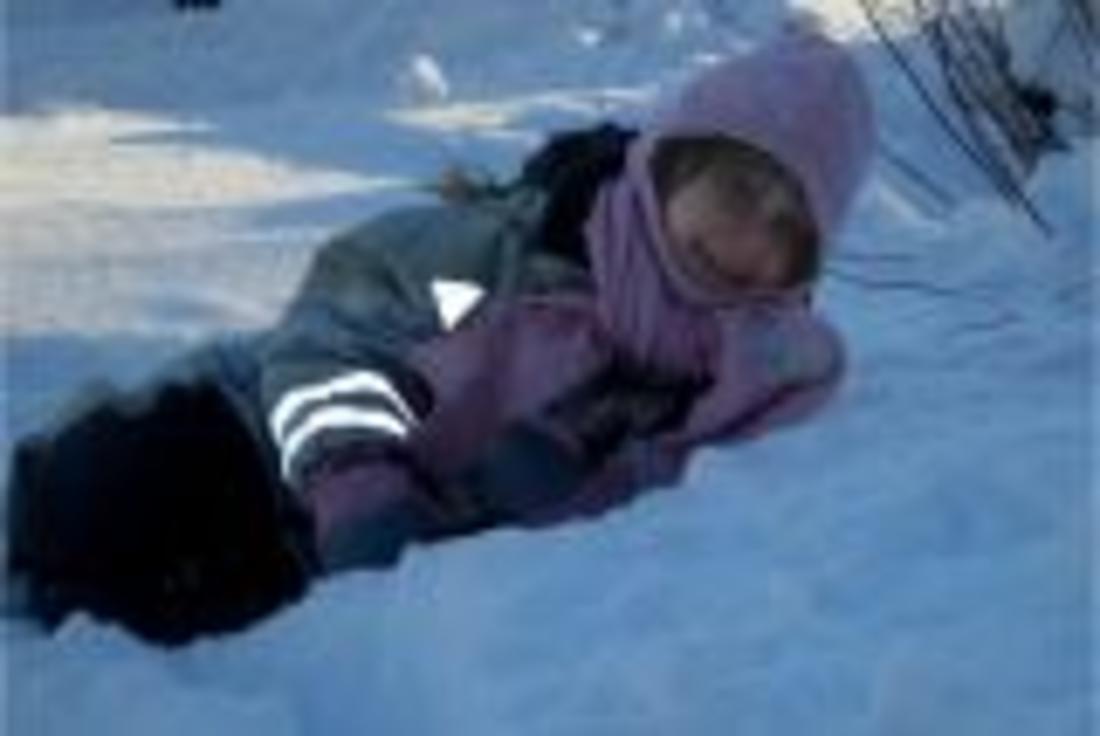
More information
If you want more information about our product range, please contact our customer service team.
Click here
Related links
EN 12899 -1: 2007
Fixed, vertical road traffic signs
This standard is comprised of five parts and is designed for use by road authorities and private developers in their procurement of signs for placement on public roads and highways as well as on private land. It includes products covered under Mandate M/111 Circulation Fixtures: Road Equipment contained in the Construction Product Directive (CPD) 89/106/EEC which as of 9 March 2011 has been replaced by the Construction Product Regulation (CPR) No 305/2011 and which applies directly to legislature of each Member State.
These products include fixed vertical road traffic signs either finished or unassembled in kit form as well as their components like sign retroreflective sheeting, supports and sign plates including lighting and fixings together with any combination of these components. They also include transilluminated traffic bollards, delineator posts and fixed retoreflectors.
CE-marking of products covered by EN12899 is mandatory as of 1 July 2013 within the European Economic Area (EEA) according to CPR.
Fixed, vertical road signs comprising of retroreflective materials made of glass bead technology shall be CE-marked according to this standard. Whereas fixed, vertical road signs comprised of microprismatic technology shall be CE-marked according to European Technical Approval (ETA) under the Common Understanding of Assessment Procedure (CUAP) Number 01.06.04.
Part 1: Fixed signs
Part 1 specifies requirements for complete sign assemblies, sign plates, retro-reflective sheeting, sign supports and luminaires. The performance requirements and test methods relating to the retro-reflective sheeting are applicable to glass bead technology. Those relating to micro-prismatic technology are specified in the relevant European Technical Approval (ETA).
Part 2: Transilluminated traffic bollards
Part 2 specifies performance requirements and test methods for new transilluminated traffic bollards with respect to their structural components as well as their colourimetric, retroreflective, luminance properties and ageing.
Part 3: Delineator posts and retroreflectors
Part 3 specifies performance requirements and test methods for new delineator posts and retroreflectors with respect to their structural components as well as their colourimetric, retroreflective and ageing properties.
Part 4: Factory production control
Part 4 describes the requirements for Factory production control (FPC) for products described in Parts 1, 2 and 3, which control the production and the products certified under this standard.
Part 5: Initial type testing
Part 5 describes the requirements for Initial type testing (ITT) of products described in Parts 1, 2 and 3 which shall be undertaken to determine the performance of samples of products representative of the product type.
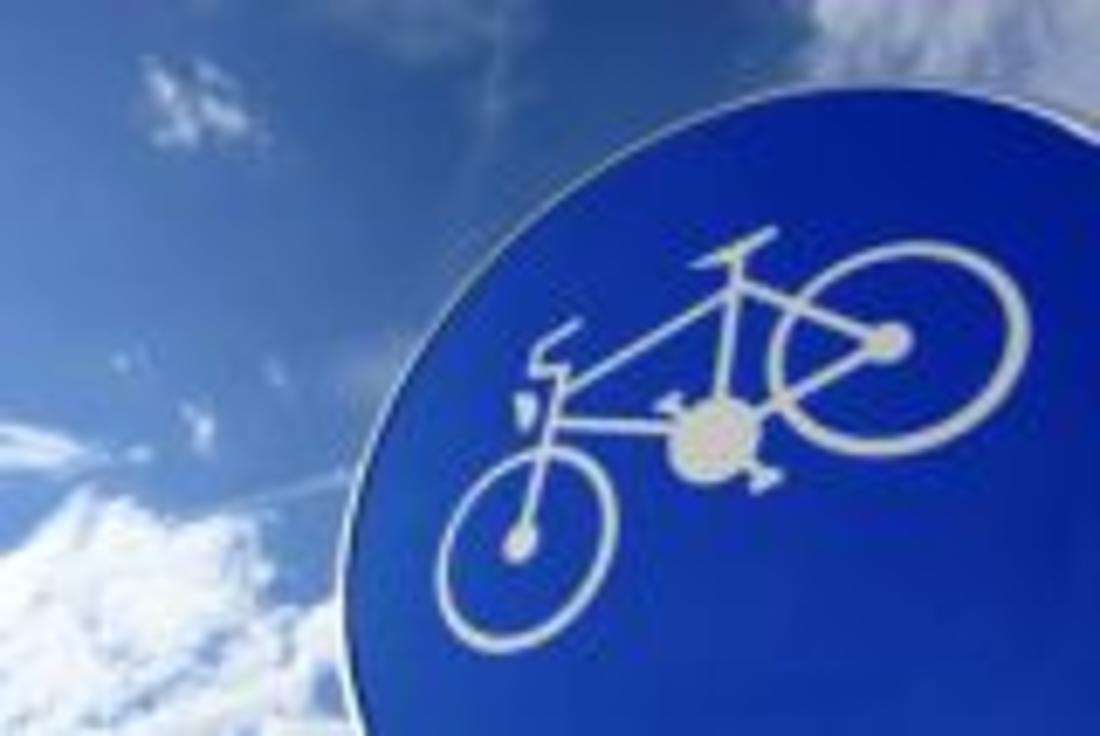
If you want more information about our product range, please contact our customer service team.
Click here
Related links
EN 13356:2001
This standard specifies the optical performance requirements and surface area requirements for accessories intended for non-professional use, and intended to signal the user's presence visually when illuminated by vehicles on dark roads. The accessories can be worn, attached to or carried by persons. This standard does not apply to garments.
The standard identifies 3 types of accessory:
Type 1: Free hanging, such as reflective hangers or dangle tags.
Type 2: Removable, such as slap wraps and arm bands.
Type 3: Mounted, such as adhesive stickers.
Optical performance standards are obtained by manufacturers for certain types of reflective film. Reflexite® 2032 for example, is a reflective film that has been certified as to meeting the optical performance criteria.
The surface area requirements for Type 1 accessories shall be between 15 cm2 and 50 cm2. If a Type 1 accessory is reflective on both sides, the thickness shall be a maximum of 10mm.
Type 2 and 3 accessories shall hae a surface area axceeding 15 cm2.
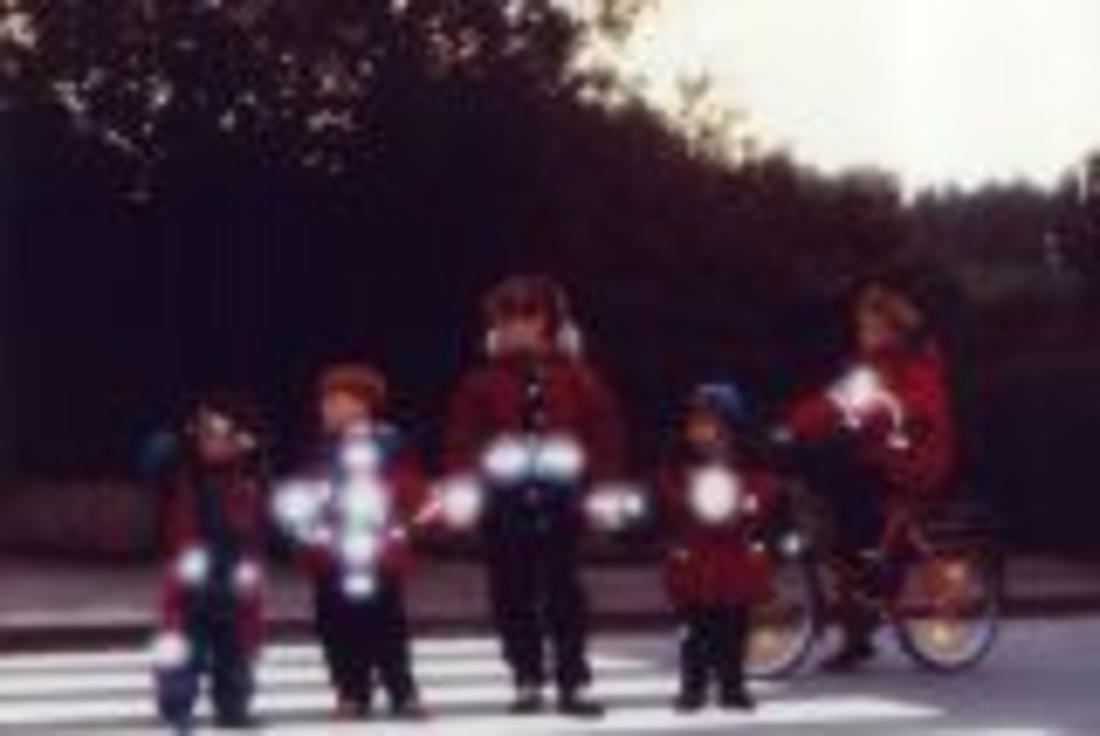
If you want more information about our product range, please contact our customer service team.
Click here
Related links
EN 13422: 2004 + A1:2009
Vertical road signs – Portable deformable warning devices and delineators – Portable road traffic signs – Cones and cylinders
This standard is not a harmonised European Standard under the guidelines of the Construction Product Directive 89/106/EEC. The products manufactured and placed on the market according to this standard require obtaining and affixing product certification rather than CE-marking.
This standard specifies requirements for new traffic cones and new traffic cylinders with retroreflective properties. It identifies the minimum essential visual and physical performance characteristics along with test methods for determination of product performance and the means by which this performance may be communicated to users and safety enforcement agencies.
This standard further provides a series of categories and classes by which a traffic cone or traffic cylinder may be specified for use in different applications in accordance with best practice. In the case of physical properties, performance levels and indicative tests are provided for cold weather, stability, and impact resistance.
Minimum requirements for visual recognition properties, colour, retroreflectivity and luminance are also provided.
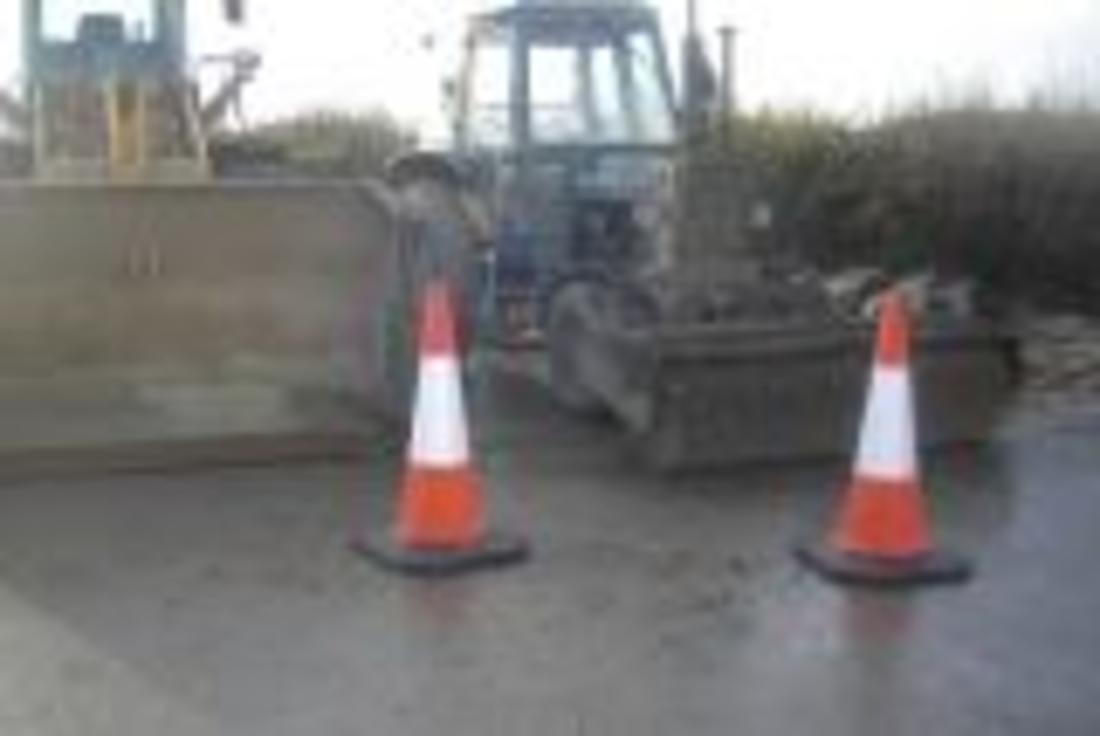
If you want more information about our product range, please contact our customer service team.
Click here
Related links
EN ISO 11612:2008
This standard is describing minimum performance requirements for clothing PPE worn by industrial workers exposed to heat. This means short contact with flame and with at least one type of heat (convective, radiant, large molten metal splashes or a combination of these).
Within many of the hazards listed in this International Standard there are three performance levels:
- Level 1 to indicate exposure to perceived low risk
- Level 2 to indicate exposure to perceived medium risk
- Level 3 to indicate exposure to perceived high risk
Retroreflective materials, labels or badges which are applied to the outermost surface of the
garment shall be tested in combination with the outer layer by applying the flame to the outer surface of the items. They shall have the same flammability behaviour as the outer layer of the garment.
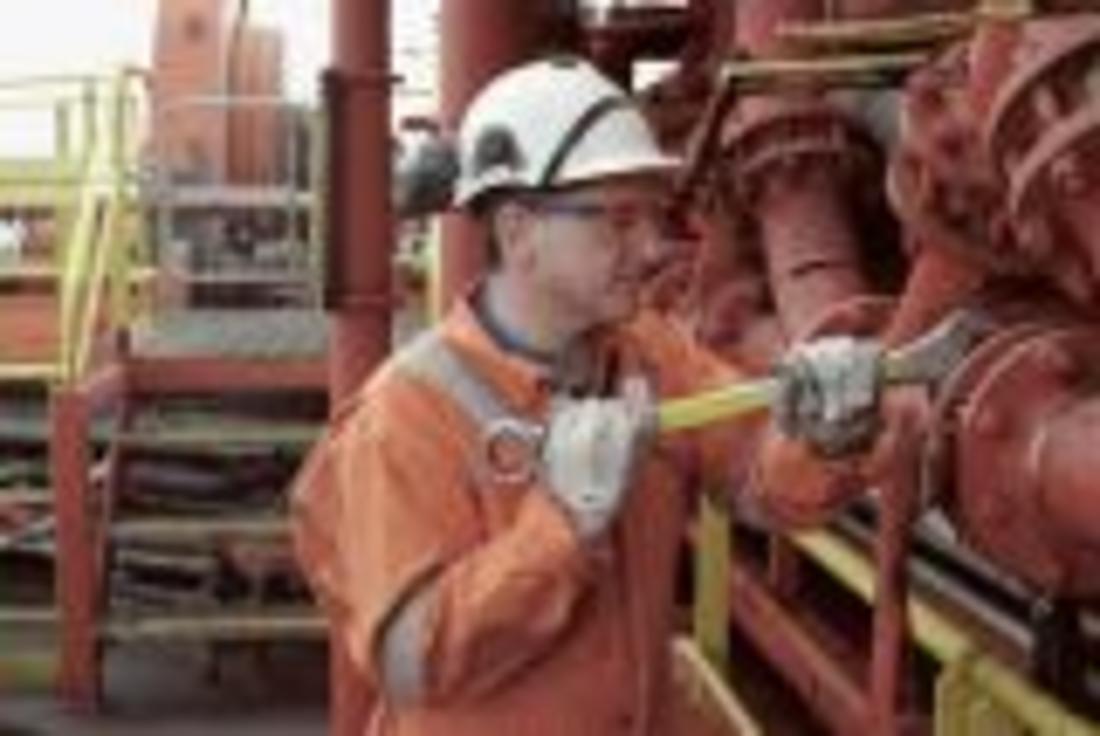
If you want more information about our product range, please contact our customer service team.
Click here
Related links
Common terms referred to in/or surrounding the standards
Ambient background or surroundings - This is to do with the light around a reflective object for example a sign. How bright the reflective object is seen by the observer is dependent upon this.
Brightness - Brightness is measured just like a vehicle; the more BHP (Brake Horse Power) a vehicle has the more power it has. Brightness is measured in candelas/lux/m2. The more candelas the brighter you are. As the vehicle travels towards you, seeing you earlier allows the vehicle to take evasive action sooner. Therefore the safer you are! The prismatic technology is typically twice as bright as glass bead and because the reflectivity is brighter you can be seen further away with high visibility garments which have prismatic tape on.
Candela (cd) - Often taken as an approximation of the luminous intensity of one candle flame and is equivalent to exactly one unit of luminous intensity. Candlepower (cpl) - Expression of luminosity intensity in candelas - it is the total candela or light output.
Conspicuity - The term refers to something being readily visible or obvious. It is relevant to the standards because the higher the performing tapes or materials used on garments, traffic control devices and vehicles, means that drivers of vehicles have a better chance to see someone or something the more 'conspicuous' they are, enabling a quicker, safer response time.
Entrance angle - The angle made when a light beam strikes at a point on the surface and a line perpendicular to the surface at the same point. It is often used when discussing for example the angularity of reflective materials when applied to backgrounds.
Fluorescence - The giving off of light by a substance when it is exposed to electromagnetic radiation, such as visible light. As long as the light or electromagnetic radiation continues to bombard the substance, electrons in the fluorescent material become excited but return very quickly to lower energy, giving off light, always of the same frequency. This increases the conspicuity of a product increasing the visibility in daytime as well as night-time.
Luminance - The amount of light that we see from a retroreflective surface - measured in units of candelas per metre squared. Luminance refers to what the driver actually sees.
Luminance contrast - Directly the way the background of an object and its luminance interact.
Luminance ratio - The ratio between the luminance (photometric brightness) of any two areas in the visual field.
Microprismatic Technology - Invented by Reflexite over 30 years ago, this is today proven to be the most optically efficient way of providing light to the observer such as a car driver behind the steering wheel at night. Prism technology works by refracting light from its inner surfaces. Light strikes each of the three surfaces of the microprism in turn, before returning to its source. The retroreflective efficiency is enhanced by the precise arrangement of the microprisms, as seen in a microscopic view. The microprism's economical use of surface area delivers the highest standard of reflection. This returns light by as much as 80%. At its longest angle in EN471, Reflexite's material is typically 1000 candelas /lux/m2 - twice as bright as alternative glass bead materials (typically 500 cd/lux/m2.)
Observation angle - The angle between the line formed by a light beam striking a surface and the line formed by the retroreflected beam at an observer's eye. For example, this angle will be larger for the driver of a bus or truck than it will be for the driver of a standard passenger vehicle. Observation angle will also be larger for a driver and vehicle who are very close to a retroreflective sign or device. Large observation angles cause reflective surfaces to appear less bright to the observer.
Photometer - An instrument for measuring light.
Retroreflection - occurs when surfaces return a large portion of an incoming light beam to its source. This is why retroreflective materials appear brightest to observers located near the level of the light source - for example, a driver and the vehicle headlights. Retroreflective surfaces are excellent for use on devices to improve their night-time visibility to drivers.
Retroreflective material - a material that has a thin continuous layer of small retroreflective elements on or very near its exposed surface (for example, retroreflective sheeting, beaded paint, highway sign surfaces or pavement striping).
Retroreflector - a reflecting surface or device from which, when directionally irradiated, the reflected rays are preferentially returned in directions close to the opposite of the direction of the incident rays, this property being maintained over wide variations of the direction of the incident rays.
Source - the object which produces the light.
Stopping sight distance - vitally important. This is to do with the amount of distance required for a driver to stop safely before reaching a person or object in its sight. There is a minimum stopping distance which is the sum of two distances, these being a) the distance travelled from the instant the driver sees an object to the instant the brakes are applied, or the perception-reaction time; and b) the distance required to stop the vehicle after brake application begins (braking distance). 2.5 seconds for perception reaction times is the current guideline - this whole arena is extremely complex when you factor in adverse weather condition and aging drivers etc.
Visibility - The term refers to being able to be seen. In the arena of the standards this is to do with the distance at which an object can actually be seen.
Viewing angle - then angle between the retroreflector axis and the observation axis.
